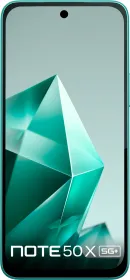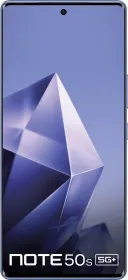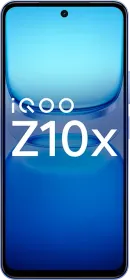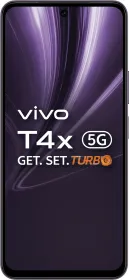The Smart Home industry is gradually advancing, with televisions now serving purposes beyond mere entertainment. They are increasingly functioning as central hubs for managing various smart home devices. Recently, Google revealed this feature for Google Home in conjunction with smart TVs, suggesting a significant shift in the future of home automation. Furthermore, Google appears to be expanding its efforts by collaborating with MediaTek to create a chip designed to enhance the intelligence of smart home setups.
ALSO SEE: Mahindra Unveils Pack 3 (Top) BE 6 And XEV 9e SUV Variants: Check Price And Other Details Here
This chipset is designed to support not only the Google Home ecosystem but also various other smart home configurations. This capability has emerged with the introduction of Matter into the smart home sector, allowing any device that adheres to the Matter standard and is labeled as a Google Home Product to be compatible with Samsung SmartThings or Apple HomeKit. The chipset, known as MT7903, is a Filogic chip specifically tailored for smart home devices and features the Thread protocol, enabling smoother connections and quicker response times. This MediaTek Filogic SoC is a wireless solution that supports tri-band WiFi 6E, Bluetooth 6, and IEEE 802.15.4/Thread radios.
ALSO SEE: OnePlus 13 & OnePlus 13R Launched in India: Buds Pro 3 Refreshed

ALSO SEE: Amazon Great Republic Day Sale 2025: Check Out The Best Deals Here
The chipset may not be compatible with WiFi 7; however, its integration will be simplified due to the Thread protocol. Additionally, its support for Matter ensures a broad range of applications. A key attribute of the MT7903 chipset is its “Thread border router offload,” a low-power feature that allows the chipset to enter sleep mode while still connecting with other devices. MediaTek asserts that this capability will promote sustainability in smart homes while remaining cost-effective.
Devices are expected to begin utilizing the MT7903 in the first half of 2025, although the specific devices that will incorporate this chipset are yet to be determined. Sampling is set to commence in the first half of this year, meaning there will be a wait before we can experience products featuring this technology. Additionally, it remains uncertain whether this new SoC will be limited to televisions and smart home hubs or if it will be integrated into a wider array of smart products.
Apart from this new chipset, Google and MediaTek are also partnering for a MediaTek Modem for Pixel 10 series.
You can follow Smartprix on Twitter, Facebook, Instagram, and Google News. Visit smartprix.com for the latest tech and auto news, reviews, and guides.


































